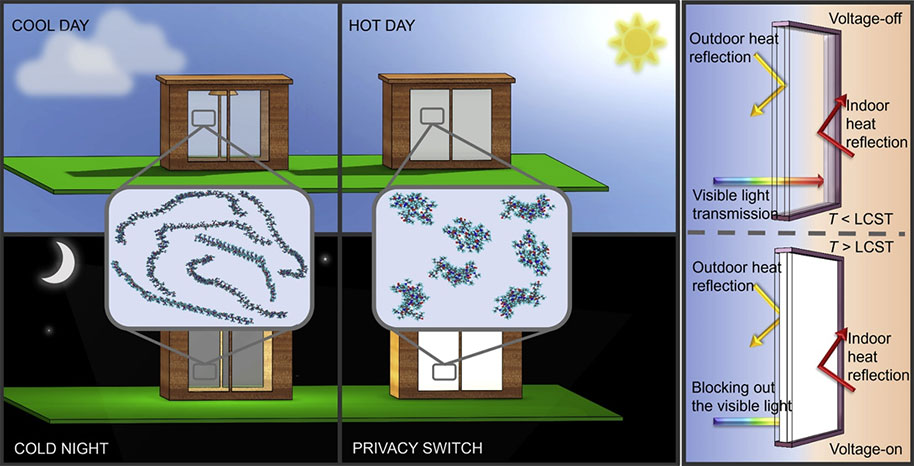New generation Osteoarthritis Treatment: Microneedle Arrays for Regeneration and More
Osteoarthritis is a degenerative and destructive chronic disease affecting the joint components. It is a significant public health concern that threatens public health and national economies due to its progressive morbidity and mortality rates.

Osteoarthritis can cause permanent disability and even death due to inactivity. Treating osteoarthritis aims to maintain joint structure and function and avoid further cartilage loss. Regenerative treatments using medical support therapies can be helpful, but their effectiveness is limited when taken orally because of dilution and the hepatic first-pass effect. High doses of these therapies can also cause side effects, challenging continuous treatment.

Sabancı Universitey Research and Application Center researchers developed a new approach for administering the healing molecules locally under the skin at lower doses and with a long-acting approach. The biggest challenge in transdermal drug applications is the limited ability of the active molecules to pass through the skin's barrier. Various methods have been developed to overcome this, but they are costly and complex. Intradermal drug delivery has been recognized as a more effective administration method for small molecules, biologics, and vaccines, but its technical difficulties have limited its usage. Microneedle arrays are a promising technology that allows for the controlled hypodermic administration of active molecules in a non-invasive way, overcoming the first-pass metabolism of the active molecule and providing more prolonged effects at lower doses. Microneedle arrays also reduce the possibility of side effects and have a high patient compliance rate. In addition, this technology allows for the simultaneous delivery of multiple active molecules and is a minimally invasive intradermal approach. This method could also be used to prevent or treat other diseases in the future.
 New generation Osteoarthritis Treatment: Microneedle Arrays for Regeneration and More
New generation Osteoarthritis Treatment: Microneedle Arrays for Regeneration and More MXene: A Rising Star 2D Material
MXene: A Rising Star 2D Material Smart Window for Efficient Light and Heat Control
Smart Window for Efficient Light and Heat Control
- 2D Materials
- Agriculture
- Agrochemicals
- Ammonia Gas
- Biomaterials
- Biomedical Applications
- Borophene Focused Ion Beam
- Carbon Nanotube
- Carbon-Based Nanomaterials
- Clean Room
- Coating
- Display Technologies
- DNA Technologies
- EMI Shielding
- Energy Storage
- Energy Technologies
- Fire Retardancy
- Gas Sensor
- Graphene
- Graphene-Based Materials
- Heat Control
- Light Control
- Lithium-ion Batteries
- Metal Nanoparticles
- MXene
- Nanofabrication
- Nanomaterials
- Nanoparticle-Based Gene Carriers
- Nanotechnological Sensors
- Nanotechnology
- Personal Electronics
- Quantum Dots
- Selective Breeding
- Smart Clothing
- Smart Window
- Stretchable Batteries
- Sustainable Crop Production
- Targeted Crop
- Thermochromic
- Transition Metal Carbides
- Transition Metal Carbonitrides
- Transition Metal Nitrides
- Wearable Electronics


